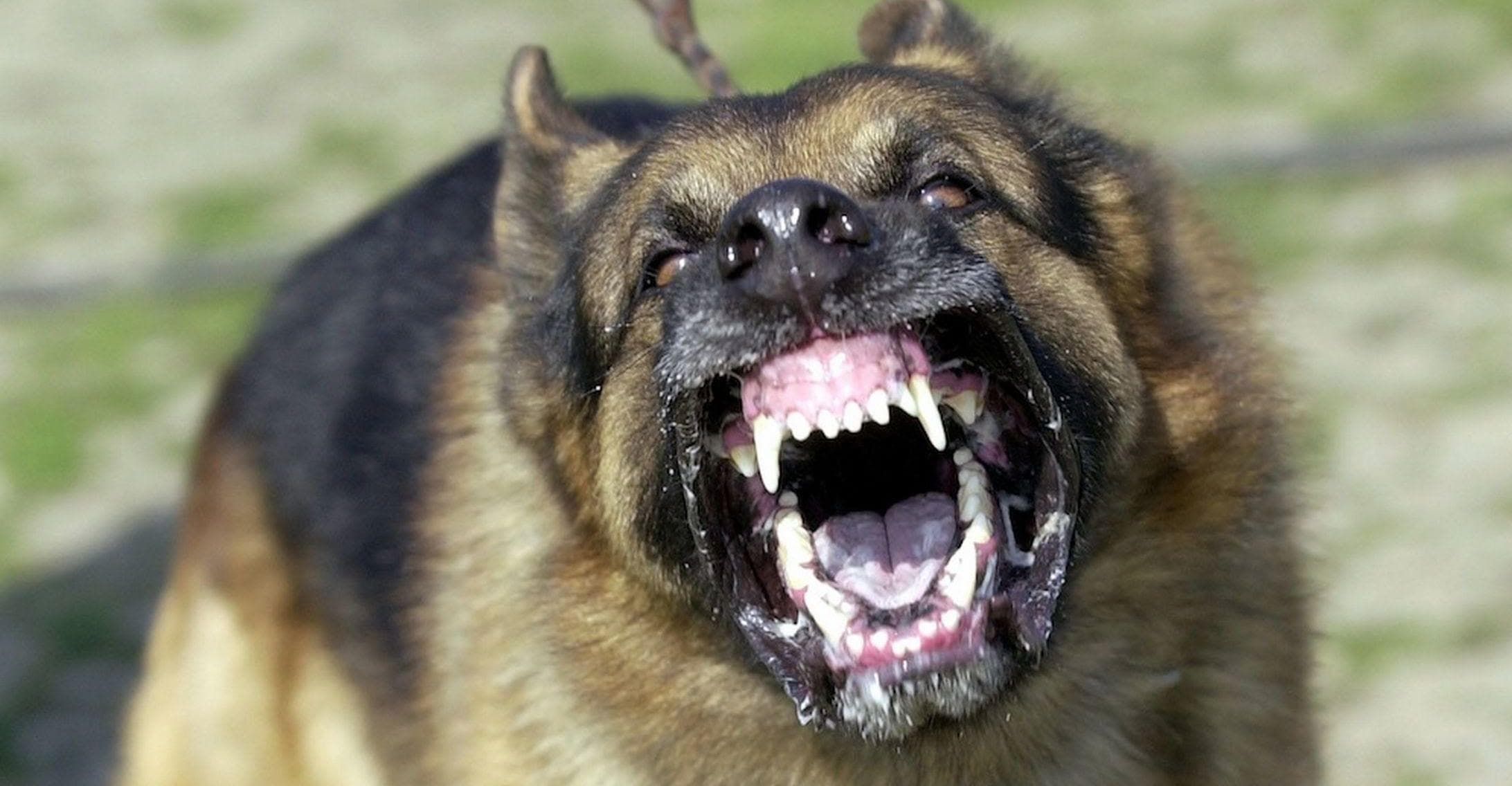By Agnes Isoje
Copyright pulse

Rabies is one of the deadliest viral diseases known to both humans and animals.
It is caused by the rabies virus (a lyssavirus), which attacks the central nervous system and, if left untreated, is almost always fatal. Despite being preventable through vaccination, rabies remains a serious public health concern in many countries, especially where stray dogs are common.
ALSO READ: Is your dog jumping on you? This is what it means
What is Rabies?
Rabies is a viral infection transmitted through the bite or scratch of an infected animal. The virus travels along the nerves to the brain, leading to inflammation of the brain and spinal cord. Once clinical symptoms appear, rabies is almost always fatal.
How To Know if Your Dog Has Rabies (Key Symptoms)
The symptoms of rabies in dogs usually progress in stages:
1. Prodromal Stage (1–3 days)
FeverChange in temperament (calm dogs may become irritable, aggressive dogs may appear unusually friendly)Anxiety or restlessness
2. Excitative or “Furious” Stage (3–7 days)
Aggression and irritabilityExcessive barking or growlingAttempts to bite anything, including people, animals, or objectsSensitivity to light, sound, and movement
RELATED: 5 most expensive dog breeds that cost millions
3. Paralytic or Dumb Stage
Weakness and paralysis, starting in the hind legsDifficulty swallowing, leading to drooling and foaming at the mouthSeizuresComa and eventual death
Not all dogs go through all stages, but any sudden, unexplained behavioural change combined with neurological symptoms should be taken seriously.
Other Signs Include:
Unusual behaviour: Sudden aggression, restlessness, or uncharacteristic friendliness.Physical symptoms: Excessive drooling, paralysis, and difficulty swallowing.Unprovoked biting: A rabid dog often bites without reason.Foaming at the mouth: A classic sign, caused by difficulty swallowing saliva.
RECOMMENDED: Here are 8 things you can do when you are being chased by a dog
If you suspect rabies, do not try to handle the dog with your bare hands. Contact a veterinary doctor immediately.
Treatment for Rabies in Dogs
Sadly, once a dog shows symptoms of rabies, there is no effective cure, and the disease is almost always fatal. However:
Prevention through vaccination is the only effective method to protect dogs. Regular rabies vaccination is essential and legally required in many regions.Immediate post-exposure action: If your unvaccinated dog is bitten by a rabid animal, report it to a veterinarian right away. Depending on vaccination history, quarantine, observation, or euthanasia may be recommended.
EXPLORE: 6 questions to ask yourself before buying a pet
How Rabies is Transmitted in Dogs
The main modes of transmission are:
1. Bite from an Infected Animal
This is the most common way rabies is transmitted. The virus lives in the saliva of an infected animal, and when it bites a dog, the virus enters through the wound.
2. Scratches or Open Wounds
If saliva from a rabid animal comes into contact with fresh cuts, scratches, or mucous membranes (eyes, mouth, nose), a dog can get infected.
3. Contact with Infected Animals
Wild animals such as bats, foxes, skunks, and raccoons often carry rabies and can transmit it to dogs. In Nigeria and many parts of Africa, dogs, cats, and wild mammals (like mongooses) are common carriers.
After exposure, the virus travels through the nerves toward the brain. The incubation period can range from 2 weeks to several months, depending on:
The site of the bite (closer to the head/neck = shorter incubation).The amount of virus introduced.The dog’s immune status.
What to Do If a Dog with Rabies Bites a Human
If a person is bitten or scratched by a dog suspected of having rabies, immediate action is critical:
Wash the wound immediately – Use soap and running water to wash the bite or scratch thoroughly for at least 15 minutes. Apply an antiseptic such as iodine or alcohol if available.Seek medical care urgently – Go to the nearest hospital immediately, do not wait for symptoms. Inform the doctor that the dog is suspected of having rabies.Post-exposure prophylaxis (PEP) – The doctor will recommend rabies vaccinations (a series of shots) and, in some cases, rabies immunoglobulin (RIG), depending on the severity of the bite. PEP is highly effective if given before symptoms appear.Tetanus shot – Depending on the wound and vaccination history, a tetanus booster may also be required.
P.S.: Once rabies symptoms appear in humans, the disease is almost always fatal. That’s why immediate treatment after a bite can save a life.
Prevention of Rabies in Dogs
Since rabies has no cure once symptoms appear, prevention is the best protection. Here are key steps to reduce the risk:
Keep your pets vaccinated regularly against rabies.Avoid contact with stray or wild animals, especially if they act strangely.Supervise children when playing around dogs or other animals.If bitten or scratched, wash the wound immediately and seek medical care.Do not handle bats or other wild animals with your bare hands.
Animals That Can Carry Rabies
Rabies is not limited to dogs; it can infect all warm-blooded mammals. Common carriers include:
DogsCatsBatsFoxesRaccoonsSkunksCoyotesMonkeysCattle and other livestock (rare, but possible if bitten)
RECENT: Peeing after sex prevents pregnancy: Myth or Fact?



